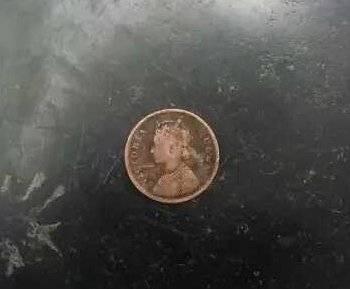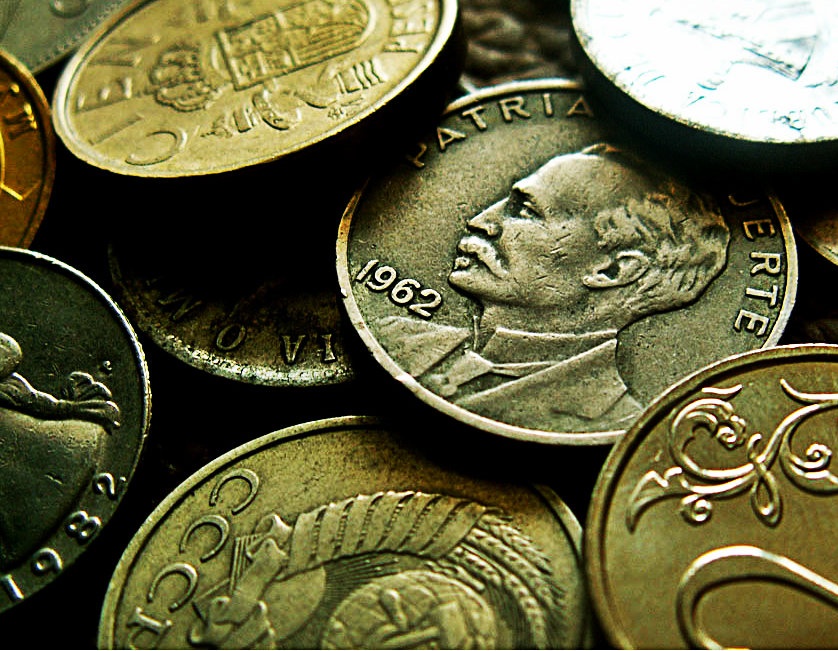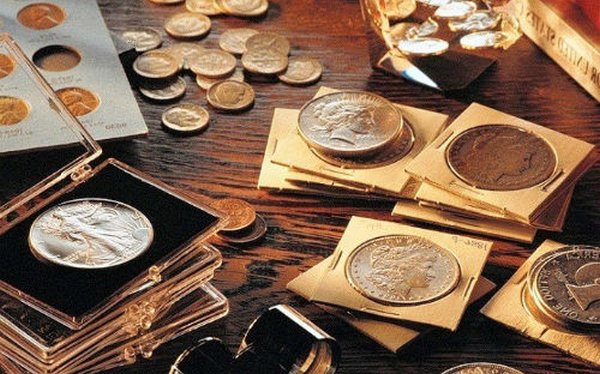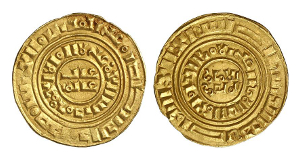all-powerful autocrat
What is now in price on the numismatic market
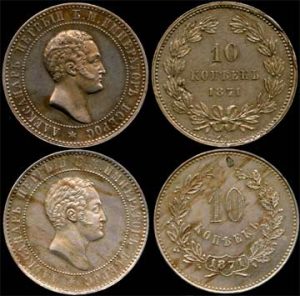 The dollar is falling, and the ruble is growing stronger. Especially – old. Antique coins are sold at auctions for “big money”. So, at the Gelos auction before the new year, for five gold rubles of Alexander III, coinage in 1888 was paid 150 thousand, and for a silver dime of 1741 of unique preservation – 90 thousand rubles. A set of two trial kopecks in 1871 of a copper-nickel alloy with a portrait of Alexander I was bought for 120 thousand rubles.
The dollar is falling, and the ruble is growing stronger. Especially – old. Antique coins are sold at auctions for “big money”. So, at the Gelos auction before the new year, for five gold rubles of Alexander III, coinage in 1888 was paid 150 thousand, and for a silver dime of 1741 of unique preservation – 90 thousand rubles. A set of two trial kopecks in 1871 of a copper-nickel alloy with a portrait of Alexander I was bought for 120 thousand rubles.
However, this is not the limit. Record is 120 thousand, but already dollars. For so much bought a trial silver ruble in 1806 at the auction of the antique salon “Catherine” in April last year. This is really a big rarity. Even Grand Duke George Mikhailovich, who possessed the largest collection of coins in Russia, had only one copy of it in the collection of the Imperial Hermitage … Continue reading
Coins and medals of the colonial countries (XVI-XXI centuries)
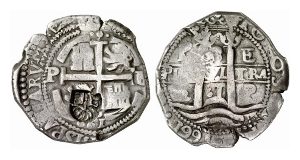 While in some countries, for example, in China or Japan, money in the form of coins was used for a long time, most of the Asian, African and American continents at the beginning of the 16th century remained a non-monetary zone.
While in some countries, for example, in China or Japan, money in the form of coins was used for a long time, most of the Asian, African and American continents at the beginning of the 16th century remained a non-monetary zone.
In Africa, the circulation of coins was not developed until the New Age, and the means of payment were the predecessors of the coins, money in the form of pebbles and seashells. In such regions, coins most often came in the baggage of overseas colonialists, and the first minted coins were copies of metropolitan coins, marked with an additional sign to indicate the corresponding metropolis. Continue reading
Vintage German coins and medals
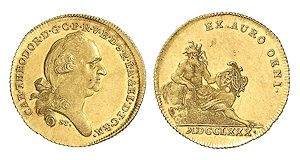 Coinage in the territory of the German state from the end of the Middle Ages (XV century) and until the introduction of the imperial state currency in 1871 is without doubt one of the most versatile and diverse areas of coin collecting.
Coinage in the territory of the German state from the end of the Middle Ages (XV century) and until the introduction of the imperial state currency in 1871 is without doubt one of the most versatile and diverse areas of coin collecting.
While other European countries, such as England, Spain or France, by the end of the Middle Ages became national states in which coinage was carried out centrally, Germany until the founding of the Empire after the Franco-Prussian War (1870-1871) remained geographically heavily fragmented. Continue reading
